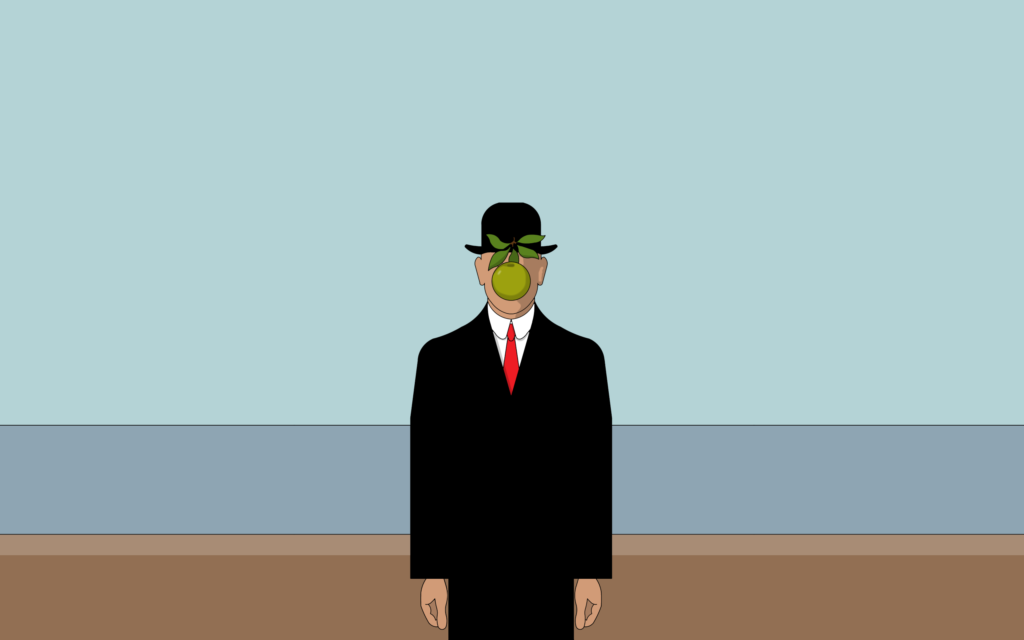Introduction
Prosopagnosia, also known as “face blindness”, is the inability to recognise faces.
Face blindness often affects people from birth and is usually a problem a person has for most or all of their life. It can have a severe impact on everyday life (see below).
Many people with prosopagnosia aren’t able to recognise family members, partners or friends.
They may cope by using alternative strategies to recognise people, such as remembering the way they walk, or their hairstyle, voice or clothing.
But these types of compensation strategies don’t always work, particularly when a person with prosopagnosia meets someone out of context, at a place or time they’re not used to seeing that person.
The impact of prosopagnosia
A person with prosopagnosia may avoid social interaction and develop social anxiety disorder (an overwhelming fear of social situations).
They may also have difficulty forming relationships or experience problems with their career. Episodes of depression aren’t uncommon.
Some people with prosopagnosia are unable to recognise certain facial expressions, judge a person’s age or gender, or follow a person’s gaze. Others may not even recognise their own face in the mirror or in photos.
Prosopagnosia can affect a person’s ability to recognise objects, such as places or cars. Many people also have difficulty navigating. This can involve an inability to process angles or distance, or problems remembering places and landmarks.
Following the plot of films or television programmes can be almost impossible for someone with prosopagnosia because characters aren’t recognisable.
Someone with prosopagnosia may worry that they appear rude or disinterested when they fail to recognise a person.
What causes prosopagnosia?
There are two types of prosopagnosia known as:
- developmental prosopagnosia – where a person has prosopagnosia without having brain damage
- acquired prosopagnosia – where a person develops prosopagnosia after sustaining damage to their brain, often following a stroke or a head injury
In the past, most cases of prosopagnosia were thought to occur following a brain injury (acquired prosopagnosia). But research has found that many more people have prosopagnosia without having brain damage (developmental prosopagnosia) than was first thought.
Developmental prosopagnosia
A number of studies have indicated that as many as one in 50 people may have developmental prosopagnosia, which equates to about 1.5 million people in the UK.
Most people with developmental prosopagnosia simply fail to develop the ability to recognise faces. Someone born with the condition may not realise they have a problem.
Developmental prosopagnosia may have a genetic component and run in families. Many people with the condition have reported at least one first-degree relative, such as a parent or sibling (brother or sister) who also has problems recognising faces.
Acquired prosopagnosia
Acquired prosopagnosia is rare. When someone acquires prosopagnosia after a brain injury, they’ll quickly notice that they’ve lost the ability to recognise people they know.
But if prosopagnosia occurs after brain damage in early childhood, before the child has fully developed the ability to recognise faces, they may grow up not realising they’re unable to recognise faces as well as other people can.
Prosopagnosia isn’t related to memory problems, vision loss or learning disabilities, but it’s sometimes associated with other developmental disorders, such as autistic spectrum disorder, Turner syndrome and Williams syndrome.
Diagnosing prosopagnosia
If you have problems recognising faces, your GP may refer you to a clinical neuropsychologist working within the NHS or private practice.
You may also be referred to a researcher who specialises in the field and is based at a nearby university.
You’ll have an assessment involving a range of tests that assess your face recognition ability, among other skills. For example, you may be asked to:
- memorise and later recognise faces you’ve never seen before
- recognise famous faces
- spot similarities and differences between faces presented next to each other
- judge age, gender or emotional expression from a set of faces
If you live within travelling distance of Bournemouth University, the Centre for Face Processing Disorders may be able to offer you a formal testing session and the opportunity to take part in their research programme.
Treating prosopagnosia
There’s no specific treatment for prosopagnosia, but researchers are continuing to investigate what causes the condition, and training programmes are being developed to help improve facial recognition.
It’s thought that compensatory strategies that help with person recognition, or techniques that attempt to restore normal face-processing mechanisms, may work for some people with either developmental or acquired prosopagnosia.
A person’s age when their brain was damaged (in the case of acquired prosopagnosia), the type and severity of the brain injury, and the timing of treatment, are all thought to be important factors in relation to how effective a rehabilitation programme will be.
Many people with prosopagnosia develop compensatory strategies to help them recognise people, such as recognising a person’s voice, clothing or gait (the way they walk).
However, compensatory strategies based on contextual cues don’t always work, and may break down when a person with prosopagnosia meets someone they know in an unexpected location or who’s changed their appearance.
Headway has produced a factsheet called Prosopagnosia – face blindness after brain injury (PDF, 404kb). It has some useful information about living with the condition, including social, observational, memory and navigation strategies, plus tips for watching TV and films.

While face blindness is not a core symptom of autism , it is not uncommon for people on the autism spectrum. In some cases, face blindness may be at the root of the apparent lack of empathy or very real difficulties with non-verbal communication. How can you read a face when you can t distinguish a face from an object, or recognize the person speaking to you?